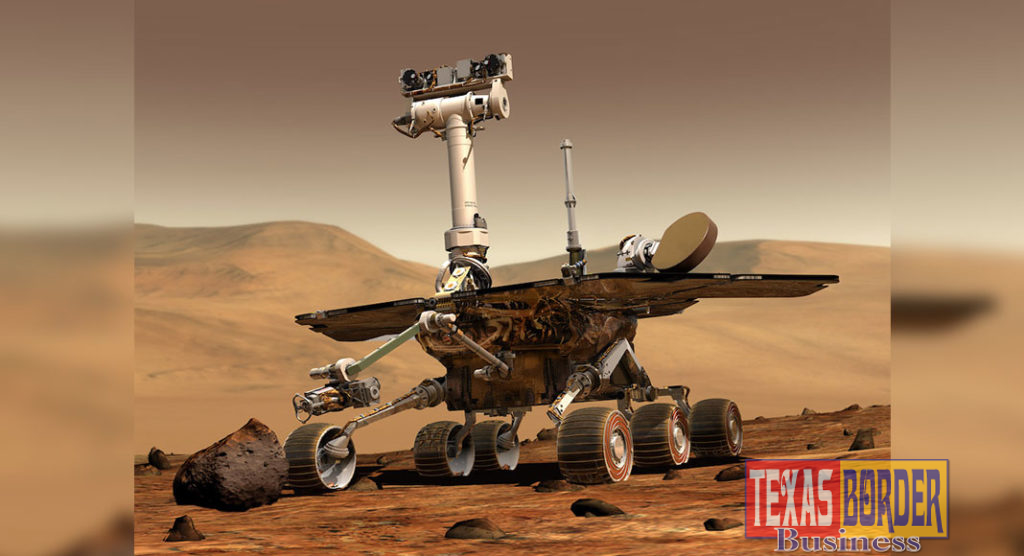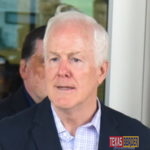
Texas Border Business
WASHINGTON — U.S. Senators John Cornyn (R-TX) and Gary Peters (D-MI) today introduced the Advancing Human Spaceflight Act, which would extend the International Space Station (ISS) through 2030, direct NASA to develop a next-generation spacesuit to enable human exploration beyond low earth orbit, and establish the goal of permanent human presence beyond Earth as national policy.

“The only way to continue learning about the universe around us is to aim high and dream big,” said Sen. Cornyn. “I’m grateful for the continued work
“Investing in space exploration helps solidify our leadership in the global economy, uncover new discoveries and inspire the next generation of scientists and astronauts,” said Senator Peters. “This bipartisan legislation would ensure that the servicemen and women of NASA can continue their cutting-edge research and exploration missions, and I look forward to seeing the pioneering solutions that drive the next era of innovation.”
Background
The Advancing Human Spaceflight Act focuses on the continuation and development of technologies to empower human spaceflight and launch the United States into a new era of space exploration This legislation helps NASA to permanently keep American astronauts in space and lead in the exploration of the Moon, Mars, and farther into the solar system.
International Space Station (ISS) Extension: The bill extends the authorization for the operation of the International Space Station from 2024 to 2030. This will help provide assurance to America’s international partners as well as commercial partners whose research conducted on the ISS routinely yields ground-breaking innovations to help the development of space technology as well as commercially-viable products on Earth. ISS extension means more launches to bring astronauts, experiments, and supplies to the ISS, which in turn means more business opportunities for the booming commercial space sector.
Post-ISS Transition Report: The bill requires NASA to develop a strategy for the retirement of ISS to ensure that there is a smooth transition to an eventual successor platform and submit this report to Congress. This report will help future Congresses make the best determination for how to continue a long-term human presence in space and avoid a lapse in long-term space facilities in low-Earth orbit or beyond.
Advanced Spacesuit Development: The bill directs NASA to develop a next-generation spacesuit to enable astronauts in future exploration on the Moon, Mars, and beyond. This spacesuit development would allow NASA to enter into an agreement with one or more commercial space companies in the development of these spacesuits. Future explorers will need spacesuits with more advanced capabilities than what current technology can provide for Lunar or Martian exploration.
NASA Report of Future Facilities: The bill requires a report from NASA on the development of future crewed and uncrewed facilities in both low-Earth orbit and beyond. This report would provide Congress information about NASA proposals for the development of future facilities and how NASA can partner with the commercial space industry.
Human Space Settlement: The bill codifies that a permanent human presence beyond Earth in a manner that enables human space settlement and a thriving space economy to be a national policy.
Report on Life-Sustaining Technical Systems: The bill directs NASA to update Congress on its efforts to develop new and innovative technological systems for the self-sufficient sustainment of life in and beyond low-Earth orbit that will be necessary for both space exploration and eventual space settlement.














